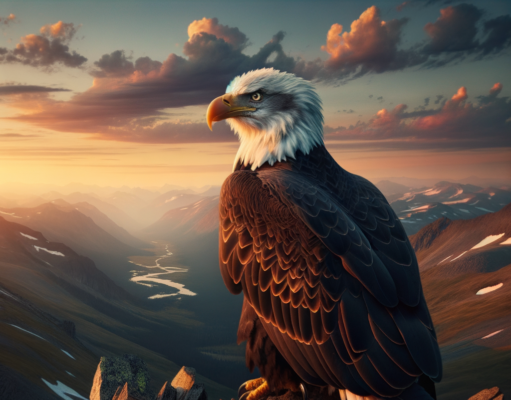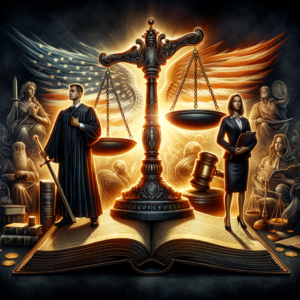Unraveling the Funding Mandate Controversy: A Deep Dive into the Debate

The debate surrounding funding mandates has emerged as a pivotal issue within the realms of public policy, governance, and social welfare. As governments and organizations grapple with the complexities of resource allocation, the implications of funding mandates have sparked significant controversy. This article aims to unravel the intricacies of the funding mandate debate, exploring its definitions, historical evolution, stakeholder perspectives, points of contention, real-world implications, and potential future directions.
Understanding the Funding Mandate: Definitions and Key Concepts Explained
At its core, a funding mandate refers to the legal or policy-driven obligation to allocate financial resources towards specific programs, projects, or sectors. These mandates can arise from various sources, including legislation, government directives, or organizational policies. Key concepts associated with funding mandates include “earmarked funding,” which designates resources for particular purposes, and “discretionary funding,” which allows for more flexible allocation. Understanding these definitions is crucial, as they shape the frameworks within which stakeholders operate, influencing everything from budgetary decisions to program implementation.
Historical Context: The Evolution of Funding Mandates in Policy Frameworks
The historical trajectory of funding mandates reveals a complex interplay between governmental priorities, societal needs, and economic realities. Initially, funding mandates were primarily focused on infrastructure and defense during the post-World War II era. However, as societal challenges evolved—such as poverty, education, and healthcare—so too did the mandates, expanding to encompass a broader range of social services. The 1960s and 1970s saw the introduction of significant federal funding mandates in the United States, aimed at addressing civil rights and social welfare, while the global landscape has witnessed similar trends as international organizations push for sustainable development goals. This historical context is essential for understanding the current funding mandate landscape.
Stakeholder Perspectives: Analyzing Views from Government, NGOs, and the Public
The funding mandate debate is characterized by diverse perspectives from various stakeholders. Governments often advocate for funding mandates as a means to ensure accountability and targeted resource allocation. Non-governmental organizations (NGOs) frequently argue that these mandates can be overly restrictive, limiting their ability to respond to emerging needs and innovate. Meanwhile, the public’s perspective is often shaped by personal experiences with funded programs, leading to a spectrum of opinions on the effectiveness and efficiency of funding mandates. This multifaceted dialogue underscores the complexity of the issue, as each stakeholder group brings unique insights and priorities to the table.
The Controversy Unveiled: Major Points of Disagreement and Debate
The funding mandate controversy is marked by several key points of disagreement. One major contention revolves around the balance between accountability and flexibility; while mandates aim to ensure that funds are used for their intended purposes, critics argue that excessive restrictions can stifle innovation and responsiveness. Additionally, there is ongoing debate about the adequacy of funding levels, with many stakeholders asserting that current allocations do not meet the growing demands of social programs. Furthermore, the question of equity arises, as marginalized communities often bear the brunt of funding disparities, leading to calls for more inclusive and equitable funding practices. These disagreements highlight the need for a nuanced approach to funding mandates.
Case Studies: Examining Real-World Implications of Funding Mandate Decisions
Real-world case studies illustrate the profound implications of funding mandate decisions. For instance, the implementation of the Affordable Care Act in the United States showcased how federal funding mandates could expand healthcare access, yet also revealed challenges in state-level implementation and disparities in service provision. Similarly, international funding mandates, such as those set by the Global Fund to Fight AIDS, Tuberculosis and Malaria, have demonstrated success in combating public health crises, yet have also faced criticism regarding their sustainability and local ownership. These examples underscore the importance of evaluating the effectiveness and adaptability of funding mandates in diverse contexts.
Future Directions: Potential Resolutions and the Path Forward in Funding Mandates
Looking ahead, potential resolutions to the funding mandate controversy may involve a re-evaluation of existing frameworks to enhance flexibility while maintaining accountability. Stakeholders could explore innovative funding models that prioritize collaboration between governmental bodies, NGOs, and community organizations, fostering a more adaptive approach to resource allocation. Additionally, incorporating feedback mechanisms from beneficiaries can help ensure that funding mandates are responsive to the evolving needs of communities. As the landscape of social challenges continues to shift, embracing a more dynamic and inclusive approach to funding mandates will be essential for achieving sustainable outcomes.
In conclusion, the funding mandate controversy encapsulates a critical intersection of policy, governance, and social responsibility. By understanding the definitions, historical context, stakeholder perspectives, and points of disagreement, we can better appreciate the complexities of this debate. As we examine real-world implications and consider future directions, it becomes clear that a collaborative and adaptive approach to funding mandates is necessary to address the pressing challenges of our time. The path forward will require ongoing dialogue, innovation, and a commitment to equity in resource allocation.


















